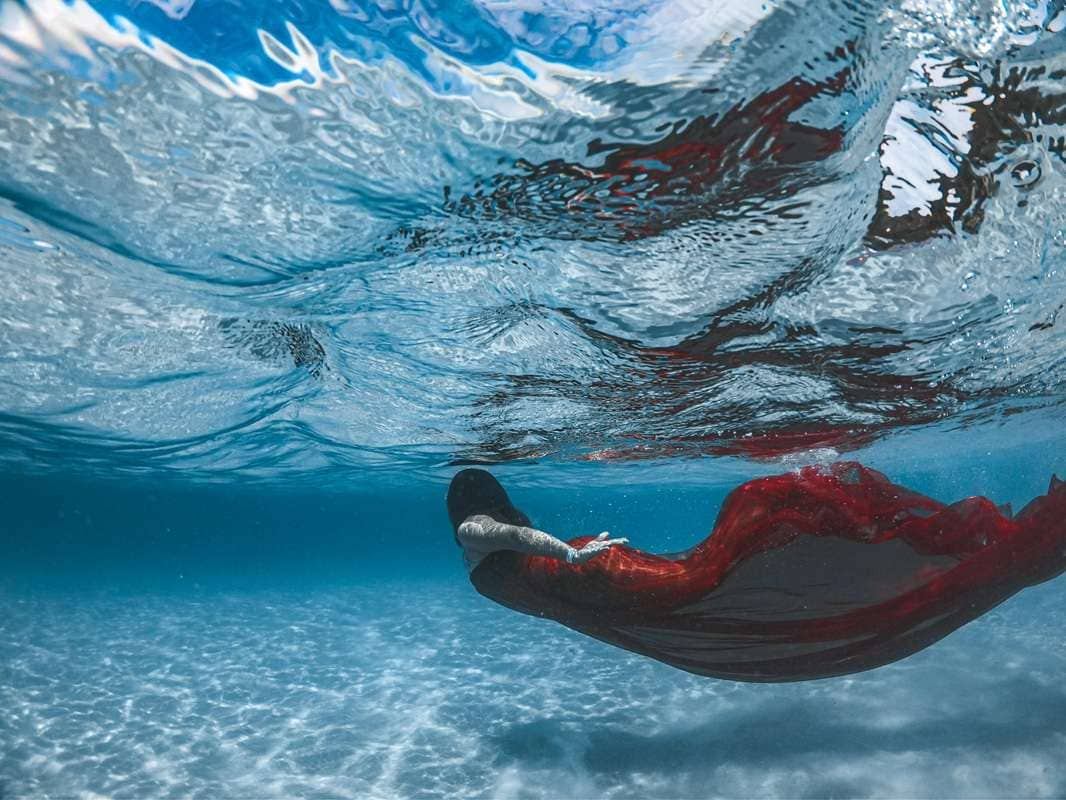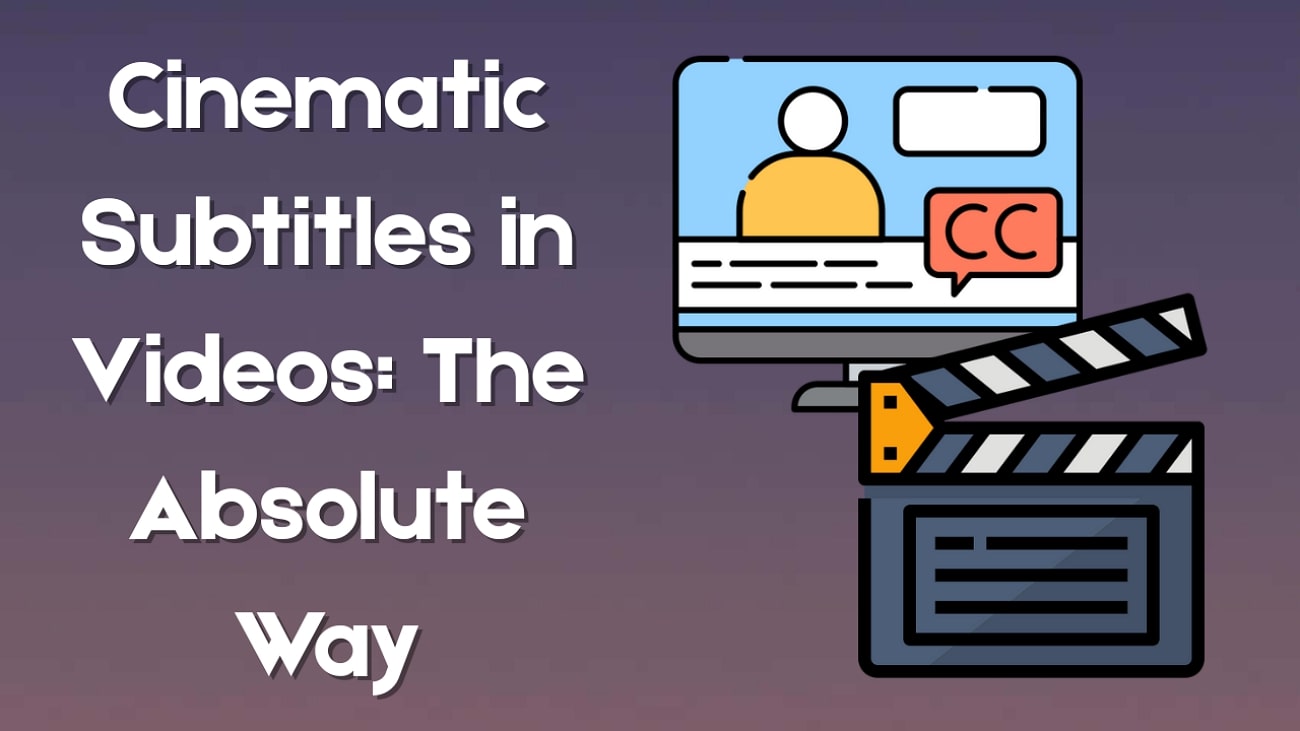The Viral “Bear Jumping on Trampoline” Clip Is Breaking the Internet. A bear. A trampoline. A bounce that defies expectations. That’s the surprising formula behind one of the internet’s most unexpectedly delightful viral videos in 2025.
What seems like backyard wildlife footage of a bear joyfully jumping on a trampoline has exploded across TikTok, YouTube Shorts, and Instagram Reels. But as millions shared the clip, debate quickly emerged: was it real footage captured by a Ring camera—or just another AI-generated fantasy?
Whatever the truth, one thing is clear: this quirky clip is inspiring creativity and conversation everywhere.
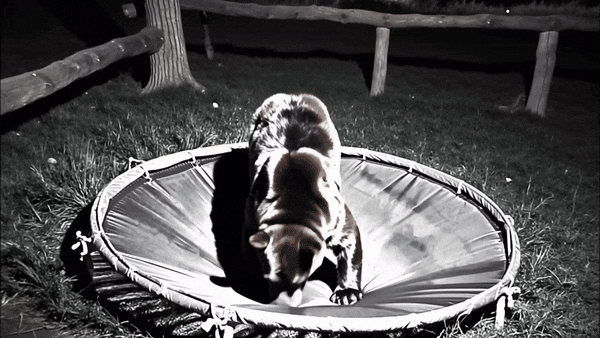
In this article
Part 1: What’s the Viral Bear Jumping on Trampoline Video About?
It all began when TikTok users started sharing and reacting to what appeared to be authentic backyard footage: a brown bear climbing onto a trampoline and energetically bouncing like a carefree child. Some clips even looked like they came from real security cams, complete with timestamp overlays.
However, multiple versions surfaced—some clearly enhanced or animated. Some were AI-generated with stylized lighting, oddly smooth fur textures, or physics-defying bounce loops.
This caused the internet to split into two camps:
Real Footage – Like the 2023 video from Farmington, Connecticut, where a Ring camera captured two bear cubs tumbling playfully on a backyard trampoline.
AI Fakes – Created with text-to-video tools that synthesize realistic wildlife in surreal, dreamlike motion.
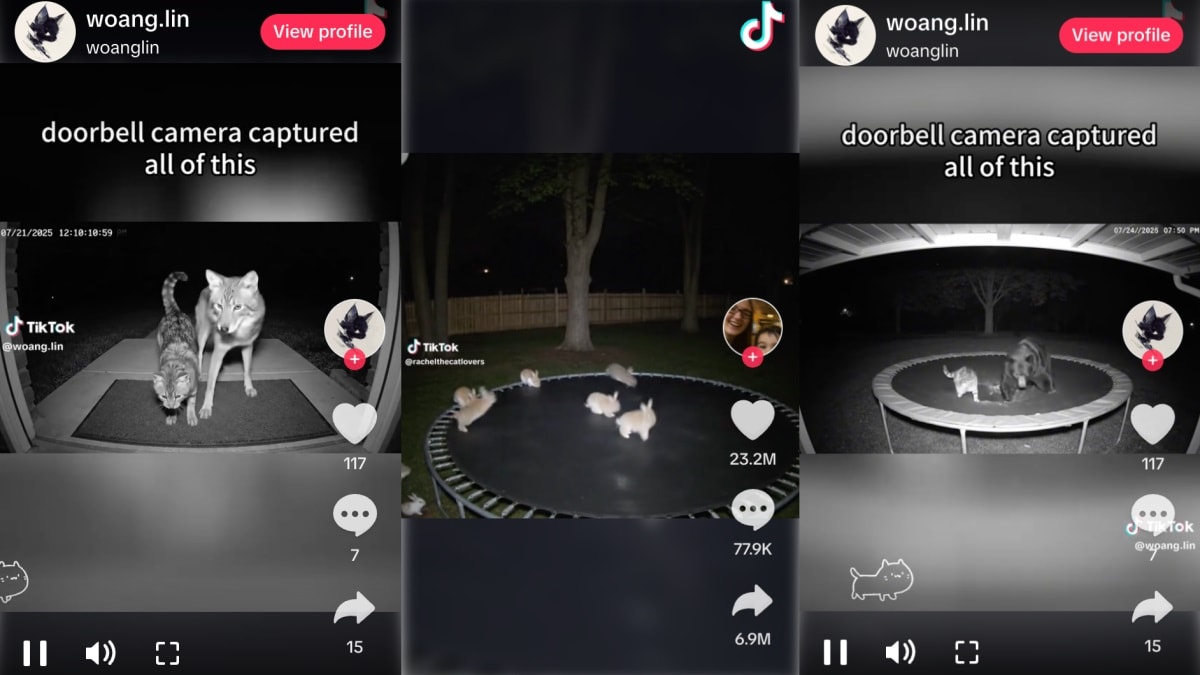
Part 2: Real or AI? Breaking Down the Truth Behind Trampoline Animal Videos
@clipzfunny0707 Come outside to this bear jumping on trampoline #bear #trampoline ♬ original sound - clipzfarming777
Why do these videos seem so believable? It’s all in the little details.
Animal Behavior: The bear appears playful but cautious—exactly what we expect from curious wildlife.
Bounce Physics: The trampoline compresses, and the bear reacts in midair. Or does it?
Lighting & Shadow: Some clips feature photorealistic shading, but look closer—something may be off.
Experts have weighed in:
AI creators like @showtoolsai have pointed out telltale signs of fakery:
- No trampoline bounce deformation when the bear lands.
- Fur textures are too smooth or "melty."
- Shadow movement doesn’t match the bounce rhythm.
As powerful tools like Wondershare Filmora’s Veo 3 Text-to-Video become more accessible, it’s easier than ever to generate videos that mimic real-life camera captures.
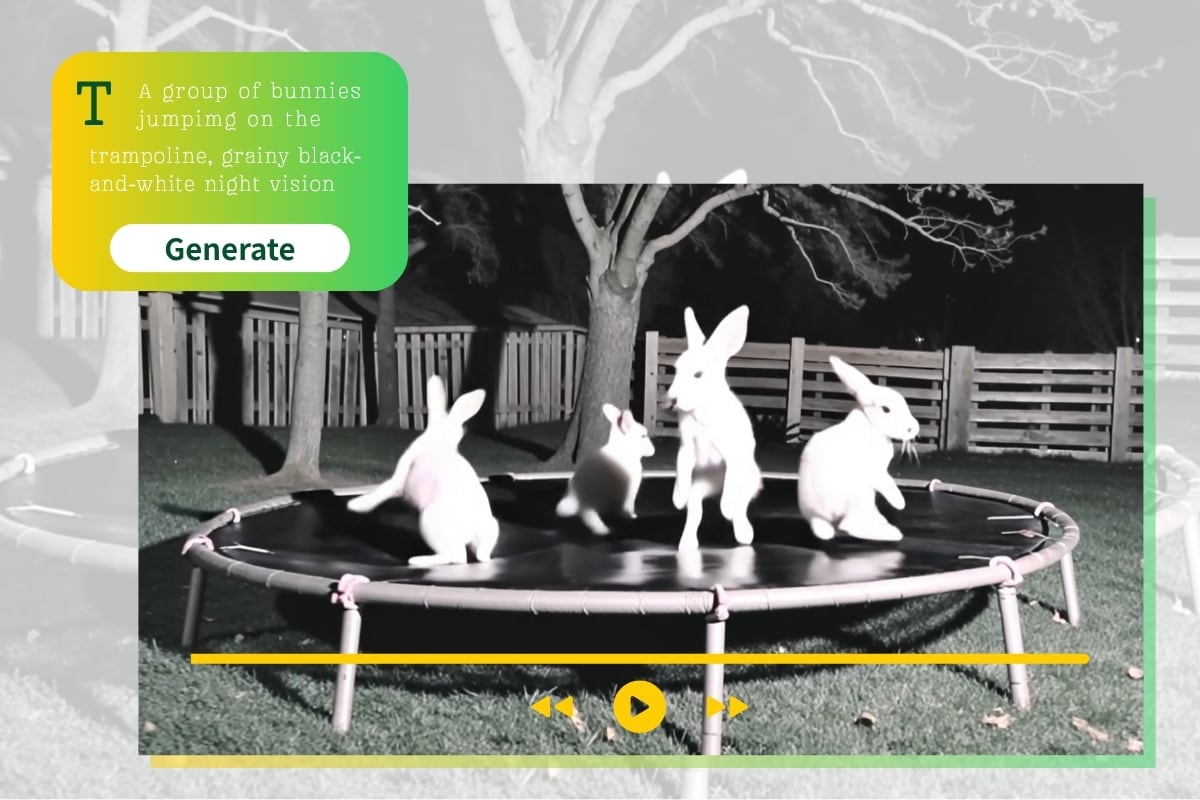
Part 3: How to Spot AI-Generated Animal Videos (And Why It Matters)
We now live in a world where AI-generated content blends seamlessly into social feeds. Being able to recognize it is essential—for viewers and creators alike.
Here’s what to look for in AI-generated trampoline animal videos:
🔍 Spot the Signs:
- No interaction with environment: The trampoline doesn't move, grass doesn’t rustle.
- Unnatural motion: Animals jump in oddly slow or “floaty” arcs. n
- Perfect lighting/symmetry: No imperfections or organic variation.
- No original source: Reverse search yields no metadata or trusted upload source.
Recognizing AI doesn't mean rejecting it—it means using it smartly and ethically, especially for creators who want to make convincing videos intentionally.
Part 4: How to Create a Viral Animal Trampoline Video Using Filmora’s AI Text-to-Video
Want to make your own trampoline animal video that could go viral? You don’t need a wild bear—or a trampoline. All you need is creativity and Filmora’s AI-powered Text-to-Video tool (Veo 3 built-in).
💡 What Is Filmora’s Text-to-Video (Veo 3)
Veo 3 is Filmora’s powerful built-in AI text-to-video engine, designed to help creators turn simple written descriptions into visually compelling, short-form videos—no filming, no animation skills, and no complex editing required.
Here’s what makes Veo 3 stand out:
✅ 1. Natural Language Video Generation
- Just type what you want to see—like “a grizzly bear jumping on a trampoline in slow motion”—and Veo 3 brings it to life.
- No storyboard or scripting needed.
🐾 2. AI-Generated Characters & Animals
- Easily create animals (like bears, cats, pandas, etc.) doing unexpected actions, such as bouncing, dancing, or flying.
- Great for creating AI-generated trampoline animal videos that mimic trending content.
⚡ 3. Dynamic Scene Composition
- Veo automatically adds backgrounds, lighting effects, and movement for professional polish.
- You can customize mood, time of day, or scenery context (e.g., backyard, forest, city).
🎞 4. Seamless Integration with Filmora’s Video Editor
After generation, edit the video directly within Filmora: Add music, text, sound effects, overlays, or motion effects; Combine AI scenes with real clips or stock footage.
📲 5. Export-Ready for Social Media
- Optimized for social media platforms, like YouTube Shorts, and Instagram Reels formats.
- One-click export lets you publish trending videos fast and hassle-free.
✨ Step-by-Step:
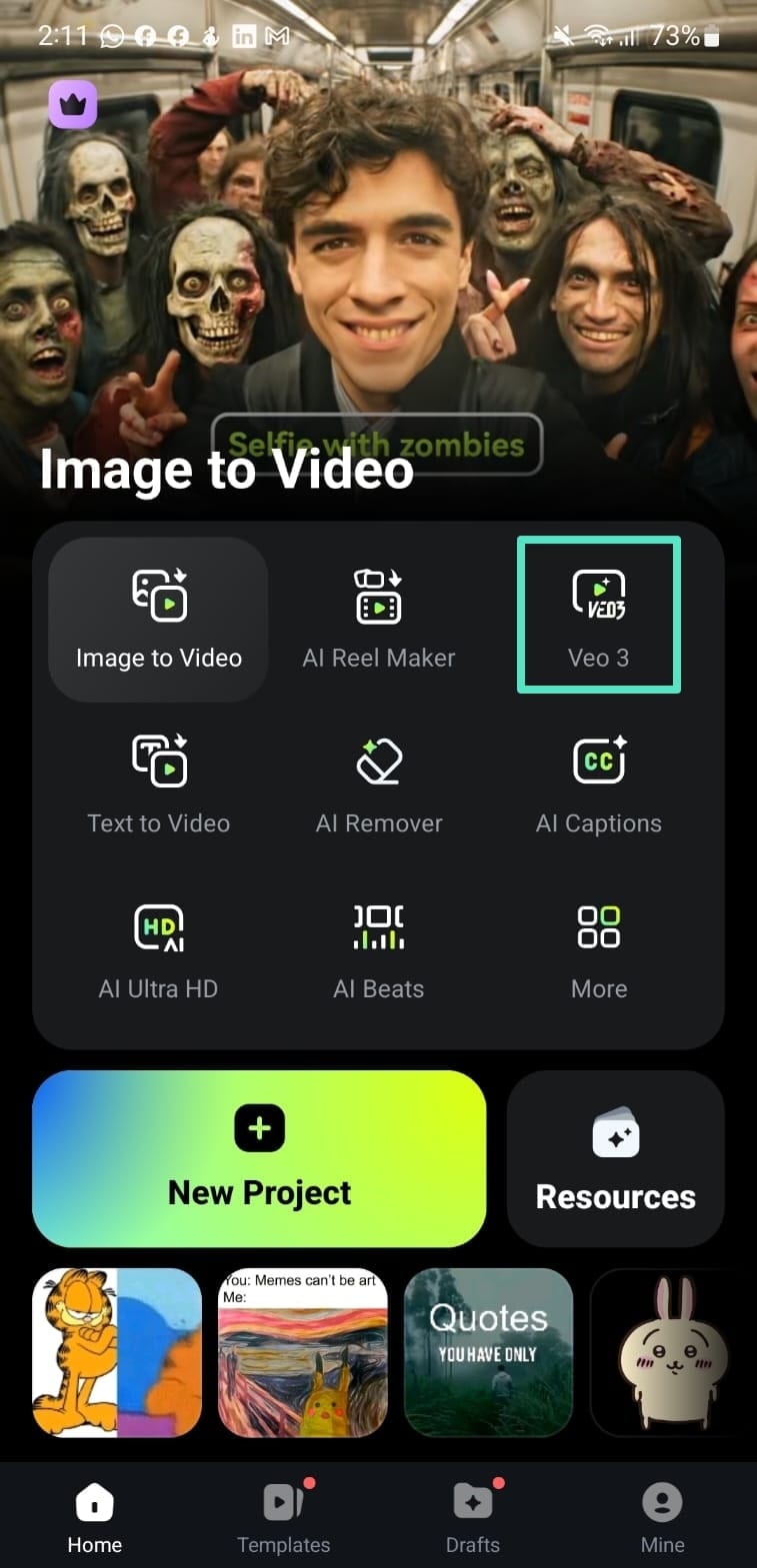
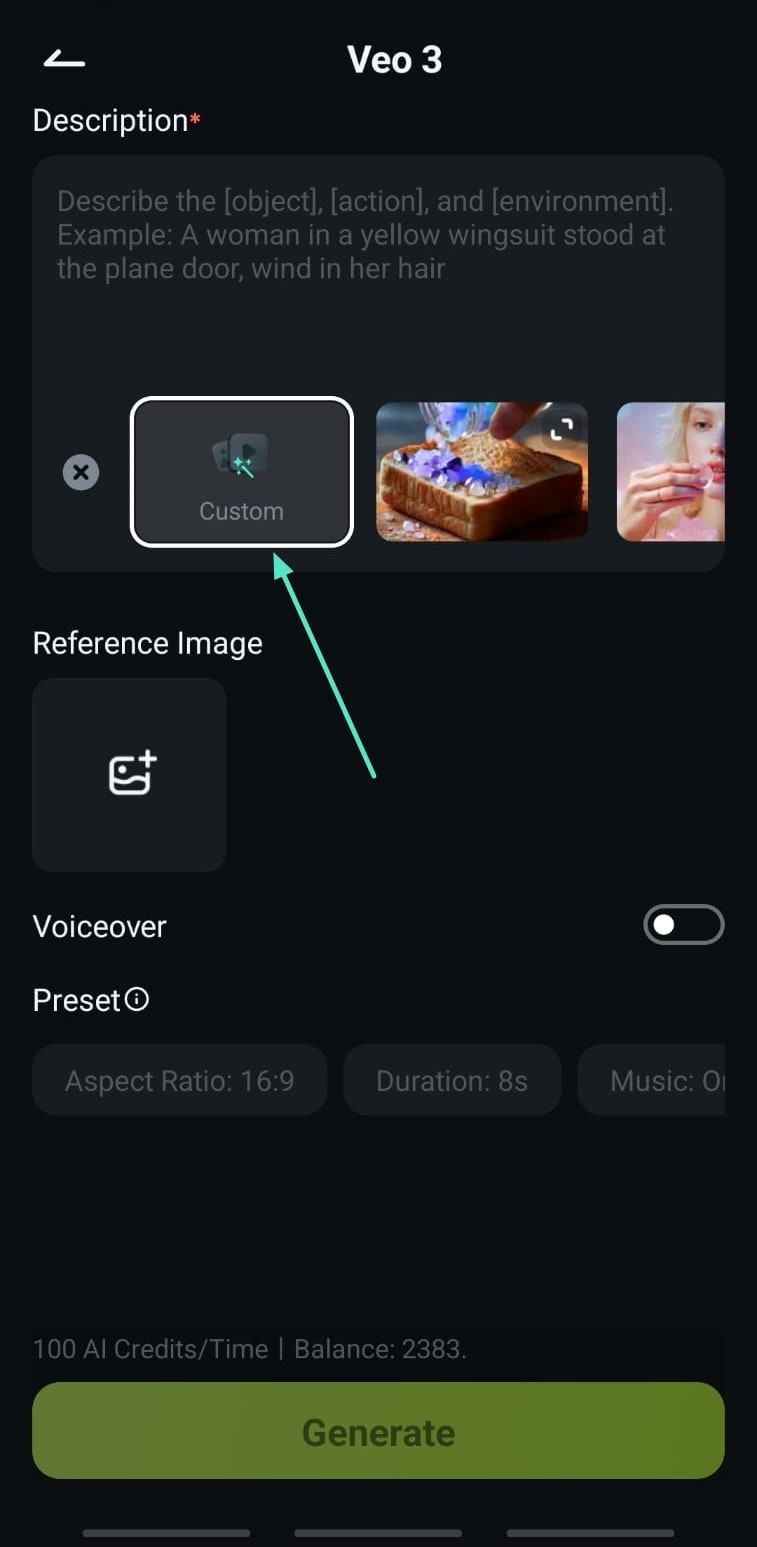
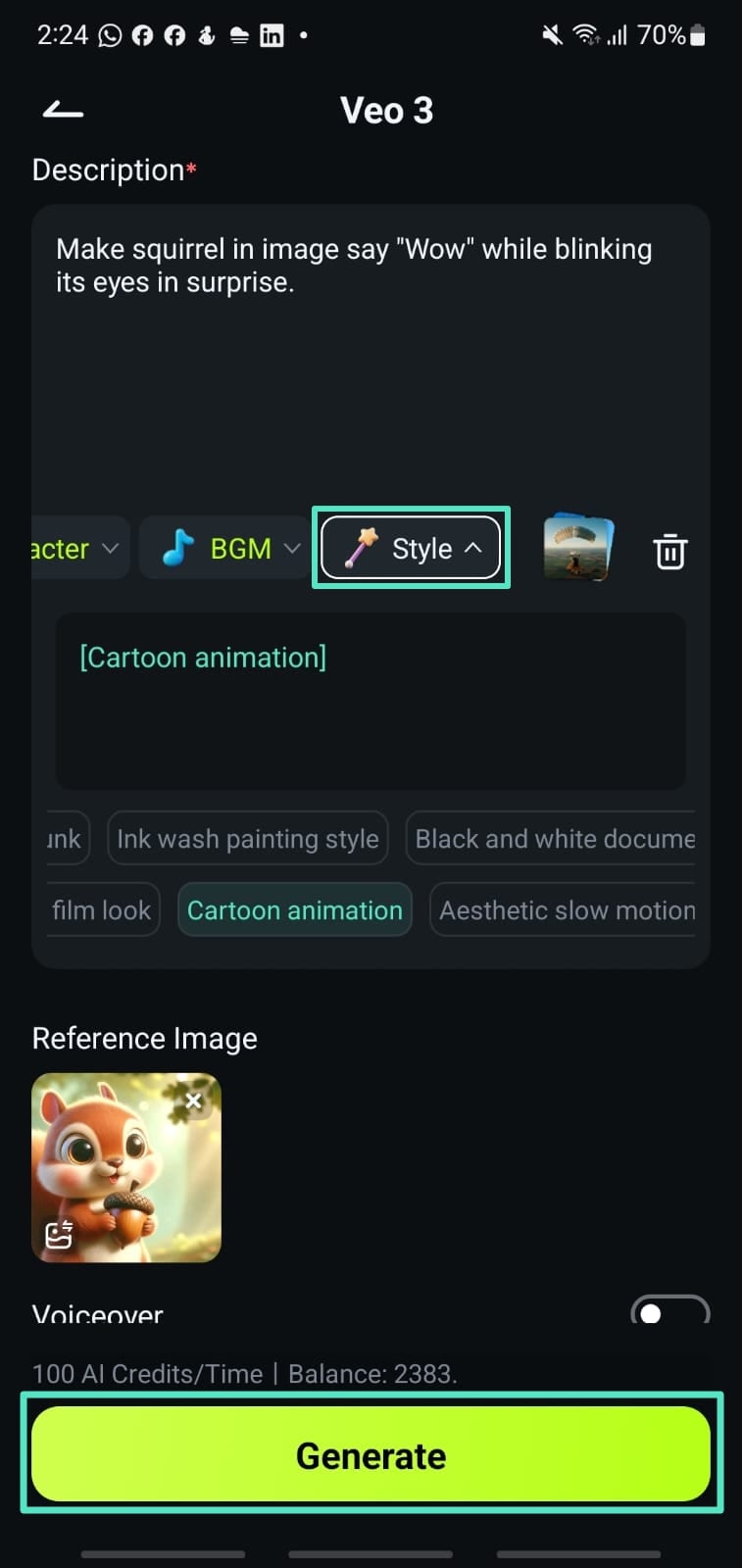
Conclusion
The "bear jumping on trampoline" trend is more than just a viral clip—it's a perfect example of how playful, unexpected content can capture the internet’s attention in seconds. Whether it’s a real backyard moment or an AI-generated creation, these videos tap into something universal: the joy of seeing the ordinary turned extraordinary.
With Filmora’s Text-to-Video (Veo 3), you don’t need a camera crew—or a trampoline—or a bear. Just an idea. Type it out, bring it to life, and make something that surprises your audience (and maybe even makes them laugh).
So if you're ready to ride the wave of creative trends, Filmora gives you everything you need to bounce into it—your way.



 100% Security Verified | No Subscription Required | No Malware
100% Security Verified | No Subscription Required | No Malware

